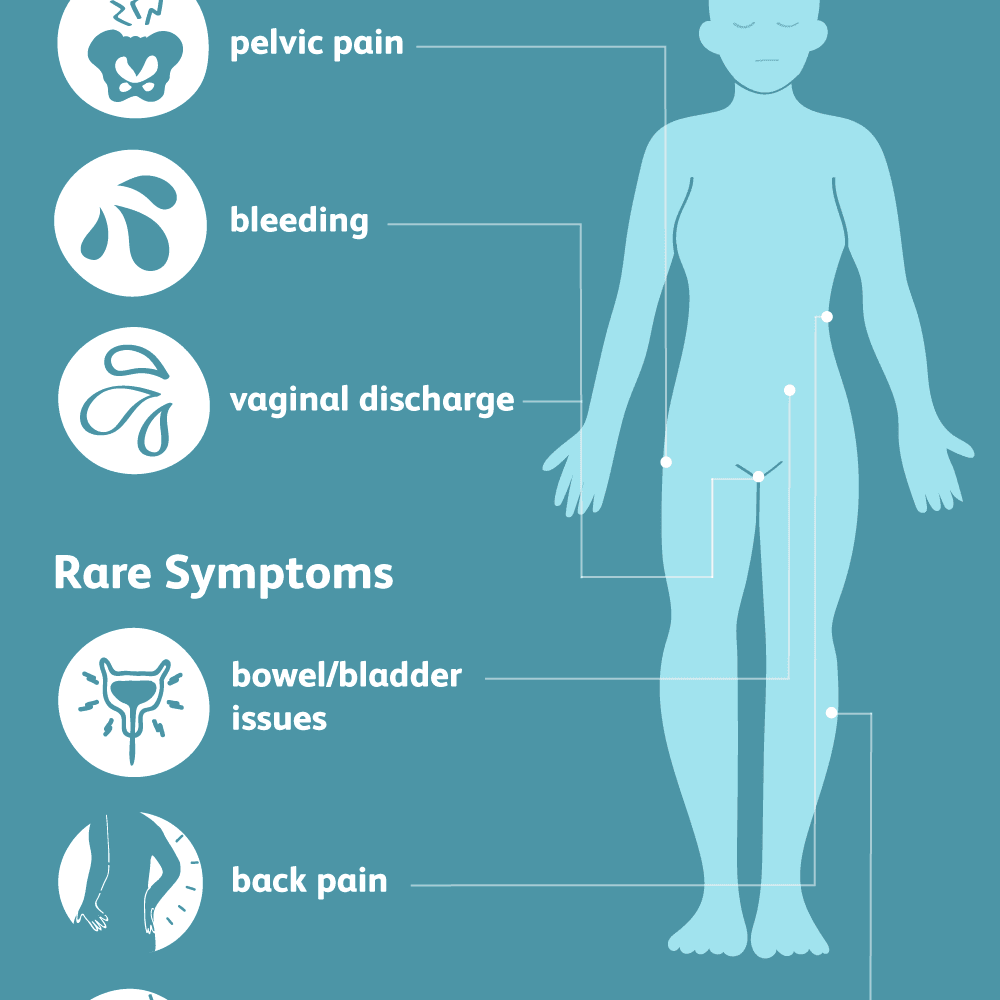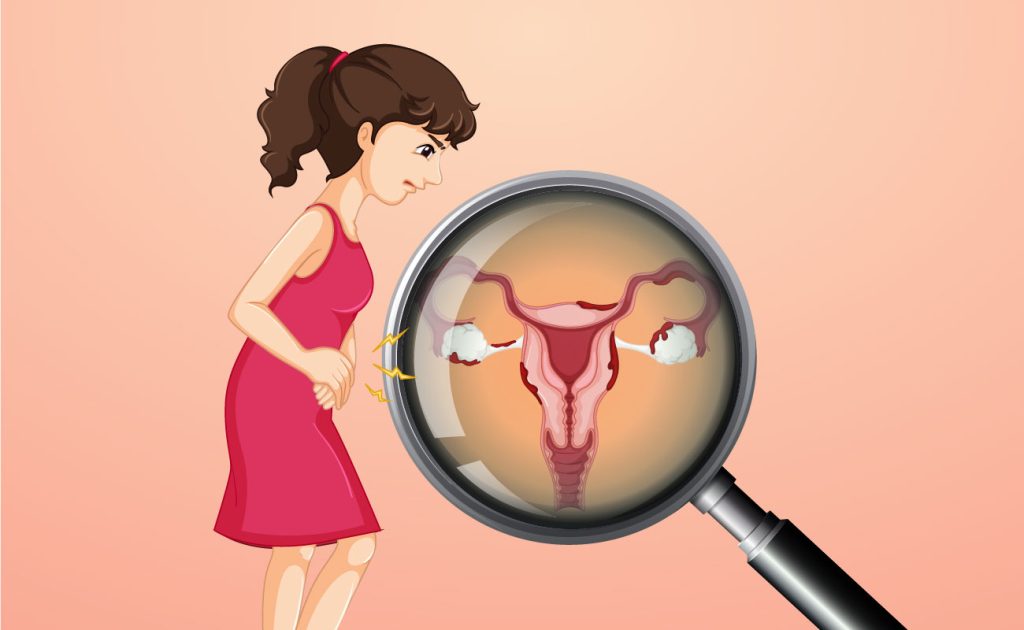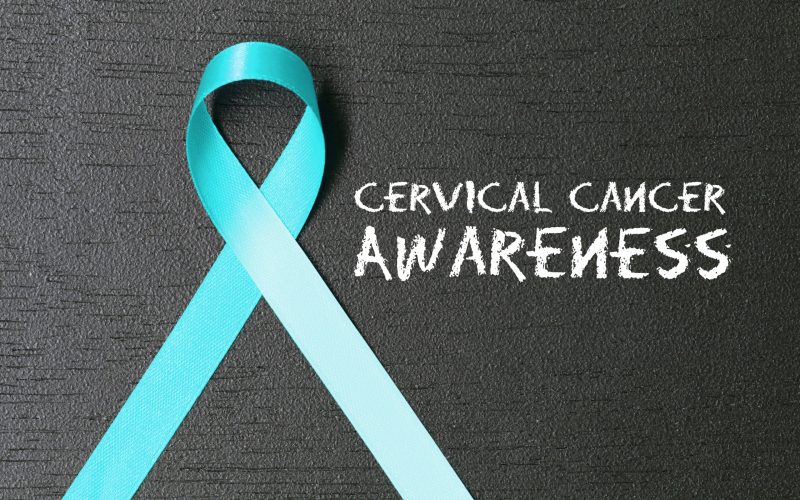Introduction
Cervical cancer often lurks in silence, progressing without apparent symptoms in its early stages. When symptoms do manifest, the most common one is unusual vaginal bleeding. It’s important to note that this symptom doesn’t automatically point to cervical cancer, but seeking prompt medical attention is crucial to rule out any potential concerns.
Cervical Screening
Routine cervical screenings, commonly referred to as smear tests, play a pivotal role in detecting abnormalities early on. These screenings are offered every five years to women aged 25-64, with the frequency potentially increasing based on individual test results. Regular screenings act as a proactive defense mechanism, allowing healthcare professionals to identify and address concerns promptly.
Causes
Human papillomavirus (HPV) takes center stage as the primary culprit behind almost all cervical cancer cases. HPV, a prevalent virus transmitted through sexual contact, comes in over 100 types, with some being harmless and others causing abnormal changes in cervix cells, eventually leading to cancer. Notably, HPV strains 16 and 18 are responsible for a significant 70% of cervical cancer cases. While most HPV infections are symptomless, the introduction of the HPV vaccine in 2008 provides a preventive measure for girls aged 12 and 13.
Symptoms
Recognizing the signs of cervical cancer is vital for early detection. Key symptoms include:
- Unusual Vaginal Bleeding: Particularly after sexual intercourse or post-menopause.
- Pain During Sex: Discomfort during sexual activity warrants attention.
- Abnormal Vaginal Discharge: A noticeable change in smell or color may indicate an issue.

Screening and Early Detection
Embracing regular screenings empowers individuals to take a proactive stance against potential health issues. Attending scheduled check-ups and openly discussing any concerns with healthcare providers create a collaborative environment for early detection and intervention.
Treatment Options
The approach to treating cervical cancer varies based on factors such as cancer stage and individual health considerations. Common treatment modalities include:
- Surgery: Removal of cancerous tissues, potentially involving a hysterectomy (removal of the womb).
- Radiotherapy: Employing high-energy waves to target and treat cancer cells.
- Chemotherapy: Using drugs to combat cancer cells.
Understanding these treatment options, along with their potential side effects, facilitates informed decision-making regarding one’s health.
Complications
Cervical cancer and its treatments may introduce complications, ranging from minor inconveniences to more severe issues. Acknowledging and understanding these challenges are essential aspects of managing one’s health effectively.

Outlook and Staging
The stage at which cervical cancer is diagnosed significantly impacts the prognosis. Staging, denoted by numbers 1 to 4, reflects the extent of cancer spread:
- Stage 1: Cancer contained inside the cervix.
- Stage 2: Cancer extends beyond the cervix but hasn’t reached pelvic wall tissues.
- Stage 3: Cancer spreads to the lower vagina or pelvic wall.
- Stage 4: Cancer reaches the bowel, bladder, or other organs.
Survival rates for a 5-year period vary with the stage, emphasizing the importance of early detection.
Assessing Risk Factors
While the success of cervical screening programs has contributed to a reduction in cases, the prevalence of cervical cancer remains. Approximately 3,000 cases are diagnosed annually in the UK. Although cervical cancer can affect women of all ages, it primarily impacts sexually active women between 30 and 45, with rarity in those under 25. Staying informed about these demographics reinforces the importance of regular screenings for vulnerable groups. Treatment for other health issues
Follow-Up Care
Post-treatment, regular check-ups become integral to monitor any potential signs of cancer recurrence. These check-ups may involve physical examinations of the vagina and cervix, with additional biopsies if warranted. Maintaining vigilance through follow-up care ensures ongoing proactive management of one’s health.
Conclusion
A comprehensive understanding of cervical cancer equips individuals to actively participate in their health journey. Regular screenings, symptom awareness, and engagement with healthcare professionals form the foundation of preventive care. By arming oneself with knowledge, individuals can navigate the complexities of cervical cancer, making informed decisions to safeguard their well-being.










